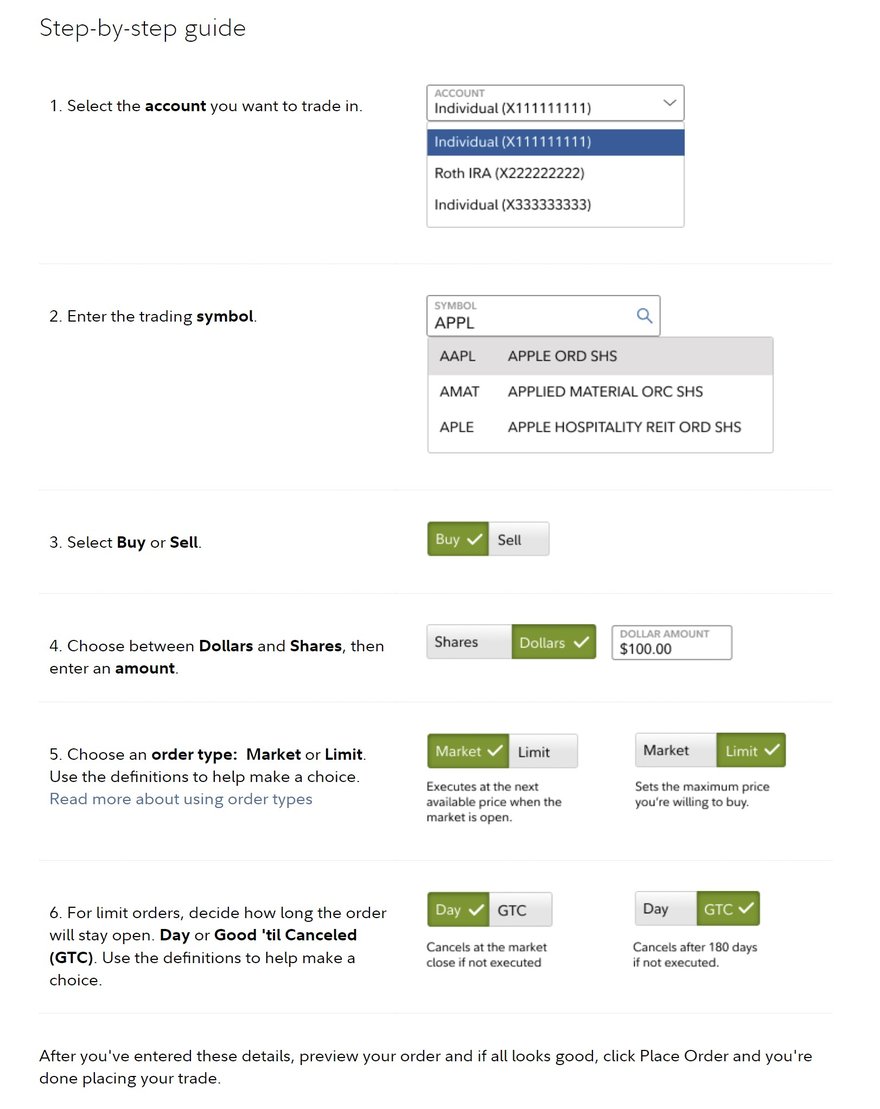American Airlines (AAL -1.77%) has a lot going for it. Based in Fort Worth, Texas, it is the largest airline in the world by many metrics. It operates almost 6,800 flights to roughly 350 airports in four dozen countries.
It posted excellent returns in the fourth quarter of 2023 as it coped with an almost insatiable demand for travel in the United States. However, like any other airline, it's been known to hit economic turbulence. Read on to learn how to invest in this aviation giant, find out whether it's profitable, and get an overview of the airline's financial situation.
Overview
American Airlines overview
As Americans have returned to the skies -- often in record numbers -- the nation's airlines, battered by the COVID-19 pandemic and bailed out by taxpayers, have begun to thrive again. American Airlines, the world's largest carrier when measured by fleet, passenger revenue miles, and other metrics, has joined its competition in turning the corner.
Investors, however, can't be guaranteed a smooth ride (even if they're lucky enough to get a comfortable seat). The airline industry is an excellent barometer of the overall economy. When times are good, people will spend money to travel; when downturns occur, airlines can run into serious financial jeopardy.
Barely four years ago, American needed more than $10 billion in grants and loans to stay aloft as the COVID-19 pandemic decimated airline travel. As passengers returned, American emphasized domestic flights, replaced old and expensive airplanes with more efficient ones, enhanced its partnerships with other airlines, and placed more of a premium on credit card programs.
To be sure, there have been hiccups; it was hit with a record $4.1 million fine in August 2023 for leaving thousands of passengers stranded on airport tarmacs between 2018 and 2021. Only months later, however, the airline reported its highest-ever load factor and fewest cancellations for a Thanksgiving travel week, including a nine-day holiday stretch without a single mainline cancellation.
Fuel prices are also a concern for anyone investing in a transportation-related stock since they account for roughly 40% to 50% of operating costs. After peaking at $4 per gallon in mid-2022, jet fuel prices have come back to earth, averaging about $2.50 per gallon in early 2024. However, as global economies gradually transition to a low-carbon economy, the world's leading trader focused on the oil industry has warned of a gap between supply and demand that's likely to begin in 2025 and could mean higher operating costs for airlines.
Still, American is betting on the future. The company raised eyebrows in early March when it announced a massive order for 260 new jets from three different suppliers, including 85 more Boeing (BA 0.25%) 737 Max 10 airplanes, adding to an existing order of 70 Max 10 models. It also ordered 85 Airbus (EADSY 0.89%) A321neos, a single-aisle model capable of carrying 244 passengers, and 90 Embraer (ERJ 3.96%) E175 jets for its regional fleet.
How to invest
How to invest in American Airlines
Follow these four steps to invest in American Airlines or any other publicly traded company.
- Open a brokerage account. To buy shares of American Airlines, you'll need a brokerage account. This step-by-step guide to buying American Airlines stock uses the five-star-rated platform Fidelity. Fidelity makes it easy to buy stocks. Its website offers a video tutorial and a step-by-step guide. Here's a screenshot of how to place a stock trade with Fidelity:

On this page, fill out all the relevant information, including:
- The number of shares you want to buy or the amount you want to invest to purchase fractional shares.
- The ticker symbol (AAL for American Airlines).
- Whether you want to place a limit order or a market order. The Motley Fool recommends using a market order since it guarantees you buy shares immediately at the market price.
- Figure out your budget. Before you hit the "Place Order" button, figure out your budget. Are you in a position to invest in the market? Have you paid down high-interest credit card balances and created an emergency fund? How much can you spend? Do you want to buy all your American stock at once or periodically, with dollar-cost averaging? These are all very good questions for investors to ask -- and answer.
- Do your homework. You may want to skip American Airlines stock if:
- You believe that competing airlines will take a bite out of American's market.
- You're worried about lawsuits and increased regulatory oversight of airlines.
- You expect inflation will continue to increase gas prices and cut into travel budgets.
- You're wary of companies that are highly cyclical, such as airlines.
- You think American shares are trading at unrealistically high prices.
- Your portfolio already has enough transportation stocks.
On the other hand, you may want to go ahead and buy American stock if:
- You think American will continue to be one of the world's largest airlines.
- You believe Americans will continue to flock to airports for business and leisure travel.
- You think the recent decline in inflation will continue to decrease fuel costs for airlines.
- You'd like to balance your portfolio with a stock dedicated to a specific mode of transport.
- You think American stock is undervalued and will rise as it expands into new markets.
- You're excited by American's plans to expand and upgrade its fleet.
As with any other investment, there's a short answer to whether you might consider investing in this stock: It depends. Factors that might affect your decision include the level of your portfolio diversification, personal risk tolerance, company and industry knowledge, and assessment of American's competitive position.
- Place your order. If you've decided the pros of investing in the company outweigh the cons, then complete the order page, click the "Place Order" button at the bottom, and become an American shareholder.
Stock
Profitability
Is American Airlines profitable?
American Airlines CEO Robert Isom described 2023 as having "exceptionally strong performance" in the company's fourth-quarter earnings report. While reporting the fewest cancellations since its 2013 merger with U.S. Airways, it racked up a record $53 billion in annual revenue, with more than $48.5 billion from passengers and another $3.5 billion from sources such as its credit card program.
The company also reported $822 million in net income and a record $1.8 billion in free cash flow and slashed its debt load by $3.2 billion, putting it more than 75% of the way to a 2025 debt reduction goal.
The airline reached new agreements with its pilots and customer service representatives (although it had failed in early 2024 to come to an agreement with entry-level flight attendants, who have qualified for SNAP benefits in more expensive markets).
Dividends
Does American Airlines pay a dividend?
American is one of the few S&P 500 companies that doesn't pay a shareholder dividend. It halted dividend payments in 2020 during the height of the COVID-19 pandemic and hasn't restored them. A statement on American's investor relations website doesn't offer much guidance: "In 2020, we suspended our dividend program. Any future dividend will be declared at the discretion of our Board, and will be subject to a number of economic, legal and other relevant factors."
Exchange-Traded Fund (ETF)
ETFs
ETFs with exposure to American Airlines
For investors who don't want to put all their eggs into one basket, exchange-traded funds (ETFs) can be an excellent alternative to individual stock-picking. Since ETFs are a collection of stocks -- such as a fund dedicated to transportation stocks -- a poor quarter or year by a couple of its stocks doesn't necessarily mean major losses by investors. In some cases, ETFs are diversified enough that even a downturn in one sector – such as airlines, which suffered during the COVID-19 pandemic – can be offset by gains in other sectors. Here are five ETFs that offer exposure to American Airlines while not betting entirely on the aviation giant:
Vanguard Total Stock Market ETF (VTI 0.93%). If you want everything, the Vanguard Total Stock Market ETF might just be the ticket. The fund holds more than 3,700 stocks -- literally, every security that can be purchased on U.S. exchanges -- and is a weighted fund, which means its performance will be more heavily tied to companies with large market capitalizations. The fund has a unfortunate dividend yield of about 1.4% and also boasts a rock-bottom expense ratio of 0.03%.
Vanguard S&P 500 ETF (VOO 1.0%). A slightly narrower option might be the Vanguard S&P 500, which tracks the largest and strongest companies in the United States, including American Airlines. The ETF makes sense for investors who are content to track the bellwether index, which has averaged a 12.57% annual return over the past decade. Put another way, if you invested $200 every month into the fund for 25 years and assumed a slightly lower-than-average return of 10%, you'd be sitting on a nest egg of $236,000 – almost four times the amount that you deposited.
U.S. Global Jets ETF (JETS -0.05%). An even more focused option for investors interested in American Airlines might be the U.S. Global Jets ETF, a $1.4 billion fund dedicated to the airline industry. Almost 12% of its assets are invested in Southwest Airlines (LUV -0.84%), but American is a close second at 11.2%. It features a modest 0.6% expense ratio, or $6 for every $1,000 invested in the fund.
SPDR S&P500 ETF Trust (SPY 0.95%). This venerable fund was launched in 1993 and was the first ETF to track the S&P 500. It has an expense ratio of 0.09%, which explains why it hasn't totally tracked the performance of the stock index, but its 10-year return of 215.7% (assuming dividend reinvestment) is not too shabby.
iShares US Transportation ETF (IYT -1.26%). If you're looking for something a little more diversified than an index fund that only tracks the airline industry, consider the iShares US Transportation ETF. The fund, which has $1.23 billion in assets under management, is heavily focused on railroad stocks, which make up 31% of the fund. It also includes trucking, air freight, and airlines, which account for 17% of its investment; American stock makes up 1.68% of the fund's assets. The fund has an expense ratio of 0.41%.
Stock splits
Will American Airlines stock split?
It's extremely unlikely that American Airlines will announce a stock split anytime soon. The airline last announced a 2-for-1 split in May 1998 as its stock price approached $150 per share. However, that occurred more than 25 years and one bankruptcy ago.
Generally, companies announce stock splits to encourage more investors to buy their stock at less-expensive prices -- not really a problem for American at the moment, since it's been trading between $12 and $17 per share for the last year.
Short version: If you're an investor who believes stock splits can help rally share prices, don't hold your breath.
Related investing topics
The bottom line on American Airlines
Investors who put their money into American should be aware of the cyclical nature of the airline industry. When times are good, the returns are likely to be good; when times are bad, the returns aren't likely to be as good and may even veer into a repeat of the company's 2011 bankruptcy.
Share prices haven't impressed many investors over the last decade, but they also haven't exactly plunged into penny stock territory. If you believe that the appetite for travel in the United States (and elsewhere) will remain as strong in the future as it has in the immediate aftermath of the COVID-19 pandemic, American might prove to be a good option for patient, buy-and-hold investors.
FAQ
American Airlines FAQ
Can I buy American Airlines stock?
Yes, but you'll need to set up a brokerage account, which can be done either online or at a brick-and-mortar business.
Is American Airlines stock a good investment?
It depends. If you believe that airline travel will continue to climb and you're willing to consider it a buy-and-hold investment, it could be a good investment.
What airline stock is best to invest in?
The best airline stock depends on your goals. Delta (NYSE:DAL) and Southwest have strong balance sheets, and Alaska Air Group (NYSE:ALK) has a reputation as a solid performer.
Does American Airlines stock pay dividends?
The airline suspended its dividend in early 2020 and hasn't announced plans to reinstate it.
































































































































































































































